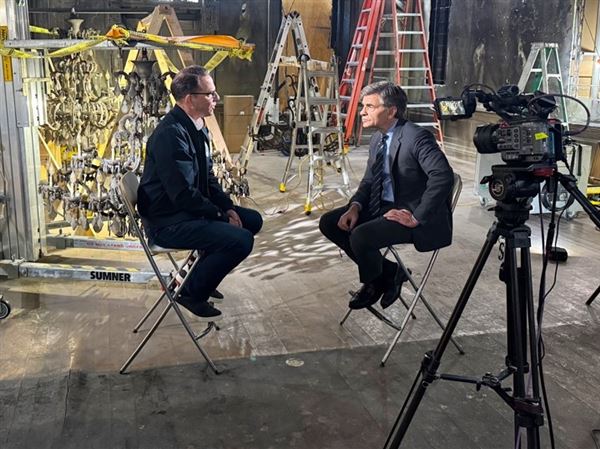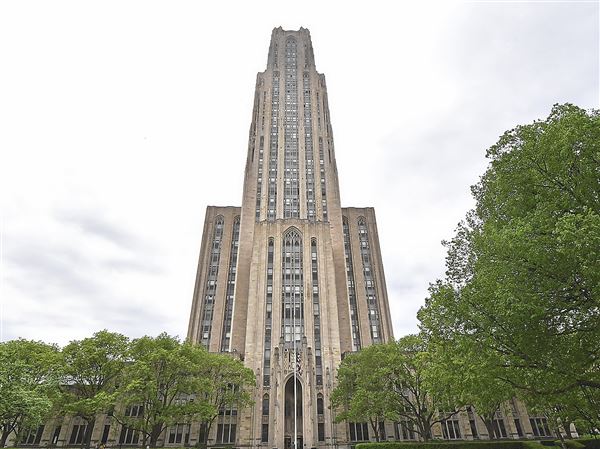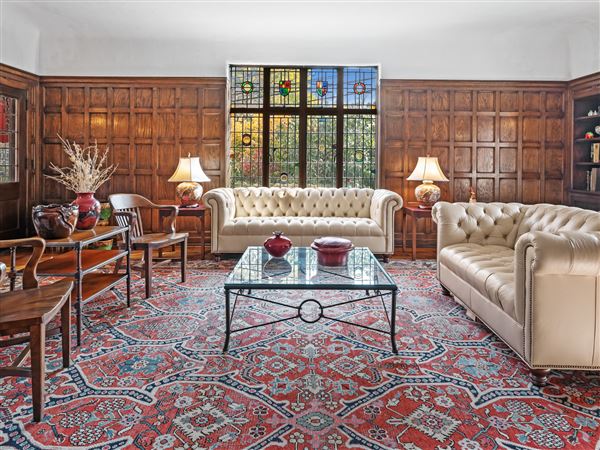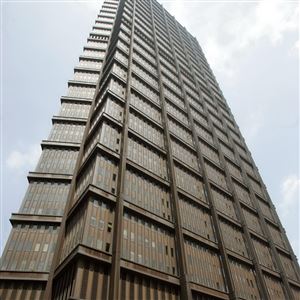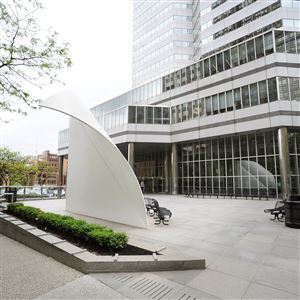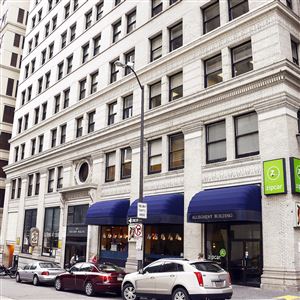Average asking rents for office space in the Pittsburgh market have reached $22 a square foot, a record high, and they are being driven in part by the out-of-town investors who have been gobbling up Downtown real estate.
In its third-quarter office report, the CBRE real estate firm stated that those firms have been able to push up rents by 15 to 20 percent since acquiring the Golden Triangle properties and making substantial investments in them.
Average asking rents at some of Downtown’s most prestigious office towers — PPG Place, U.S. Steel Tower, EQT Plaza, Liberty Center and One Oxford Centre — all now top more than $30 a square foot since the buildings were purchased by out-of-town investors. Only five years ago, asking rates for all of those properties were below $30, according to the report.
One recent buyer, San Francisco-based Shorenstein Properties, is seeking $34 a square foot for space in Oxford Centre, which it acquired in January. Such a rate is unprecedented for an existing office building in Downtown.
“Institutional investors saw this market as a good opportunity. They look for stable markets, markets that have growing demand where they can invest money and increase rents,” said Jeffrey Ackerman, CBRE managing director.
In addition to Shorenstein, other large institutional investors that have secured properties in Downtown in the past five years include Raleigh, N.C.-based Highwoods Properties, which acquired the PPG and EQT buildings; Greenwich, Conn.-based Starwood Capital Group, which purchased Liberty Center; and Munich, Germany-based GLL Real Estate Partners, which bought 11 Stanwix, the former Westinghouse building. Liberty Center and 11 Stanwix are now for sale.
Mr. Ackerman said those investors and others have been able to command higher rents by upgrading lobbies, elevators and restrooms, and by adding amenities such as fitness and conference centers. Tenants, he said, have expressed a desire for such improvements and are willing to pay more for them.
CBRE estimates that investments in those buildings have totaled more than $100 million in the past five years.
“They are trying as hard as they can [to raise rents],” added Jonathan Bonime, senior vice president of Fischer and Co., a Downtown real estate firm that represents tenants. “There are some places where they are getting a lot of traction. We’ll see if it sticks.”
Overall, the average asking rate for Class A space in Downtown is $28.09 a square foot, second in the market to only Oakland/East End, where it is a whopping $38.10 a square foot. Class A refers to the highest-quality office space often with parking in the building, and Class B spaces might have fewer amenities.
The biggest factor in the rising rates, Mr. Ackerman said, is demand. The Downtown market is as “tight as a drum,” with the Class A vacancy rate at 7.4 percent, probably the lowest it has been since the early 1980s, he said.
Cranberry and the Downtown fringe are even lower, at 3.6 percent and 3.9 percent, respectively. In Oakland and the East End, it is 10.3 percent. For the market as a whole, the Class A vacancy rate is 9.8 percent.
Mr. Ackerman said the escalating rents have prompted some tenants to lock into new long-term leases in expectation that rates will only go higher. Those include U.S. Steel, Federated Investors and Peoples Natural Gas.
That, in its own way, also contributes to rising rents, he said.
“When Federated or U.S. Steel extend their leases, it shows commitment to the central business district and that helps to attract other tenants,” he said.
With rents escalating, Mr. Bonime said he has been advising clients to take a good look at the market and determine their own growth and financial plans for the future.
When companies renew their leases long-term, they lose flexibility unless they are also able to negotiate expansion, reduction or termination options. “You want to get as much on the table as possible for clients,” he said.
Mr. Bonime said he sees the potential for rents to continue to escalate, although he noted that could change if more space opens up in Downtown.
“It depends on how much people are willing to lay out,” he said. “For some, rent is no object. For others, there are some great Class B buildings — Koppers, Frick, Gulf — they can move into those buildings and keep rents reasonable.”
The average Class B rate for Downtown in the third quarter was $19.20 per square foot.
He pointed out that the owners of those Class B buildings also are upgrading lobbies and adding amenities like fitness centers and upgraded conference rooms to attract tenants.
They can have a “significant impact” on the market by providing tenants with good value at a lower cost, he said.
Mark Belko: 412-263-1262 or mbelko@post-gazette.com.
First Published: October 18, 2016, 4:00 a.m.

